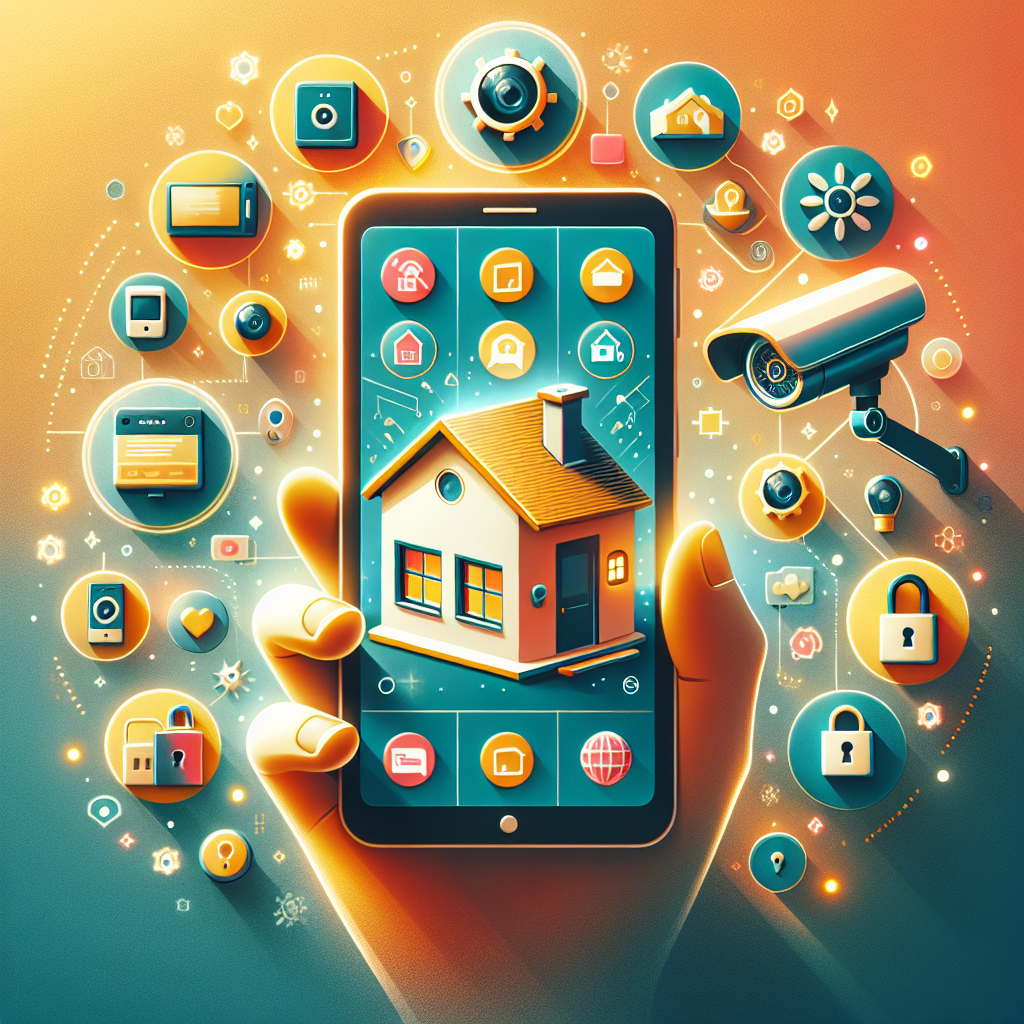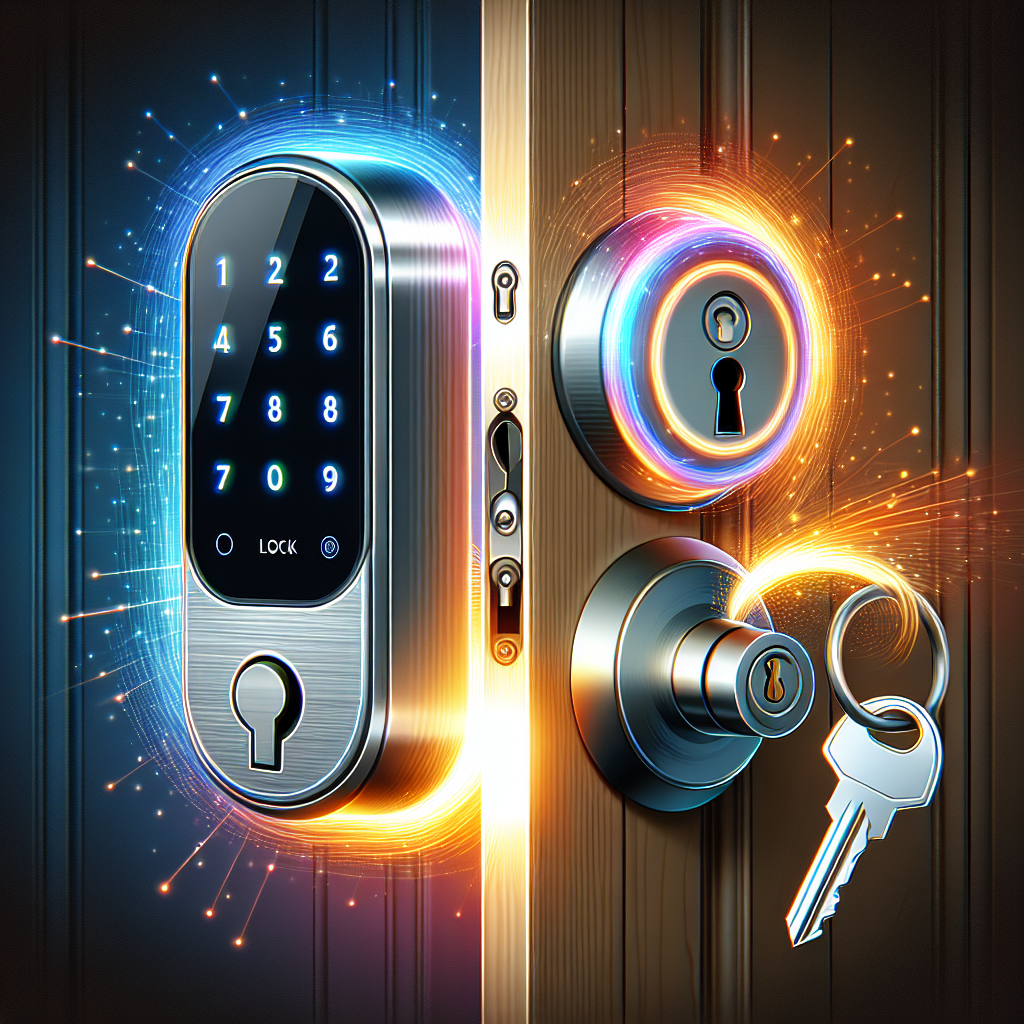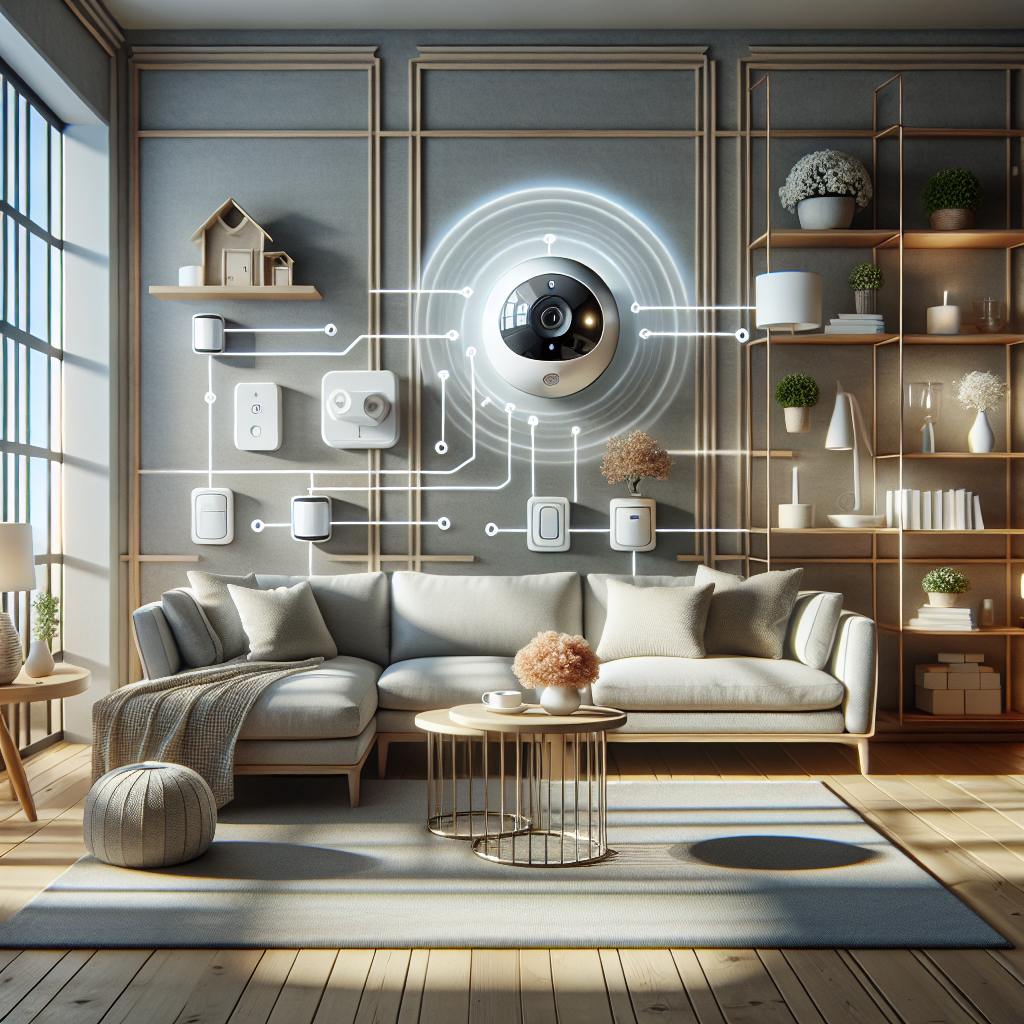Selling your home doesn’t have to break the bank. With a little creativity and ingenuity, you can stage your home effectively on a budget. In this guide, we’ll explore DIY staging tips that will help you showcase your property in its best light without spending a fortune. From decluttering and repurposing items to adding strategic accents and enhancing curb appeal, these budget-friendly strategies will help you attract potential buyers and maximize your home’s selling potential.
1. Declutter and Depersonalize
One of the most important steps in staging your home is to declutter and depersonalize each space. Remove excess furniture, personal belongings, and clutter to create a clean and spacious environment that allows potential buyers to envision themselves living in the space. Pack away family photos and personal items to create a neutral canvas that appeals to a wide range of buyers.
2. Maximize Natural Light
Natural light can make a space feel brighter, more inviting, and larger. Open curtains and blinds to let in as much natural light as possible. Clean windows inside and out to ensure maximum brightness. Consider strategically placing mirrors opposite windows to reflect light and make rooms appear larger and more airy.
3. Rearrange Furniture
You don’t need to invest in new furniture to stage your home effectively. Instead, focus on rearranging existing furniture to create an open and inviting layout. Remove bulky pieces that make rooms feel cramped and rearrange furniture to maximize space and flow. Aim for a balanced and harmonious arrangement that showcases the functionality of each room.
4. Add Fresh Accents
Inexpensive accents can add charm and personality to your home without breaking the bank. Consider adding fresh flowers or greenery to tables or countertops to bring life and color to your space. Place strategically placed throw pillows or blankets on sofas or chairs to add warmth and comfort. Don’t underestimate the power of small details in enhancing the overall appeal of your home.
5. Enhance Curb Appeal
First impressions matter, so don’t overlook the exterior of your home when staging on a budget. Simple enhancements such as trimming bushes, mowing the lawn, and adding potted plants or flowers to the entryway can significantly enhance curb appeal. Consider painting the front door or adding a fresh coat of paint to the shutters for an instant facelift.
6. DIY Repairs and Touch-Ups
Take the time to address any minor repairs or touch-ups around your home. Patch holes in walls, touch up paint, and replace any broken or outdated fixtures. Simple DIY projects such as painting kitchen cabinets or updating hardware can make a big impact without breaking the bank.
7. Keep it Clean and Tidy
Finally, maintain a clean and tidy home throughout the selling process. Regularly clean and dust surfaces, vacuum carpets, and mop floors to ensure that your home sparkles for potential buyers. Pay attention to details such as kitchen appliances, bathroom fixtures, and windows to leave a lasting impression of cleanliness and care.
Conclusion
Staging your home on a budget is entirely achievable with the right approach and a little creativity. By implementing these DIY staging tips, you can showcase your property effectively and attract potential buyers without spending a fortune. Remember, it’s the little details that make the biggest difference, so take the time to declutter, enhance curb appeal, and add strategic accents to transform your home into a buyer’s dream.




